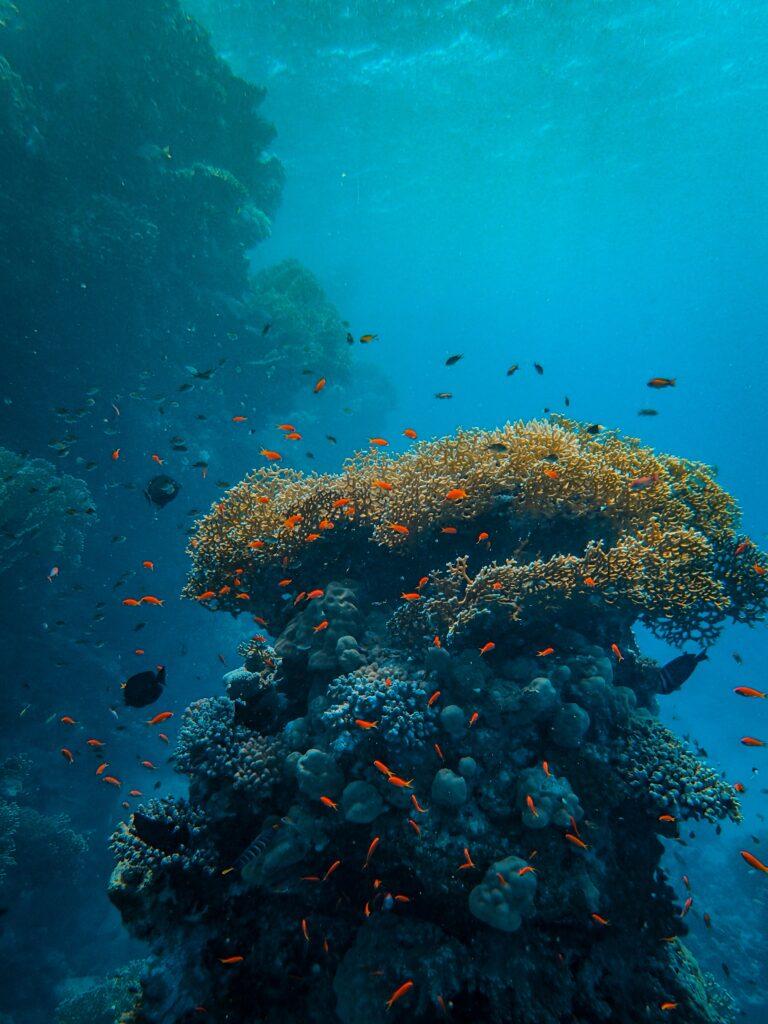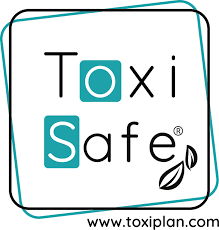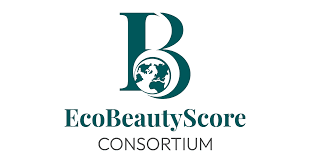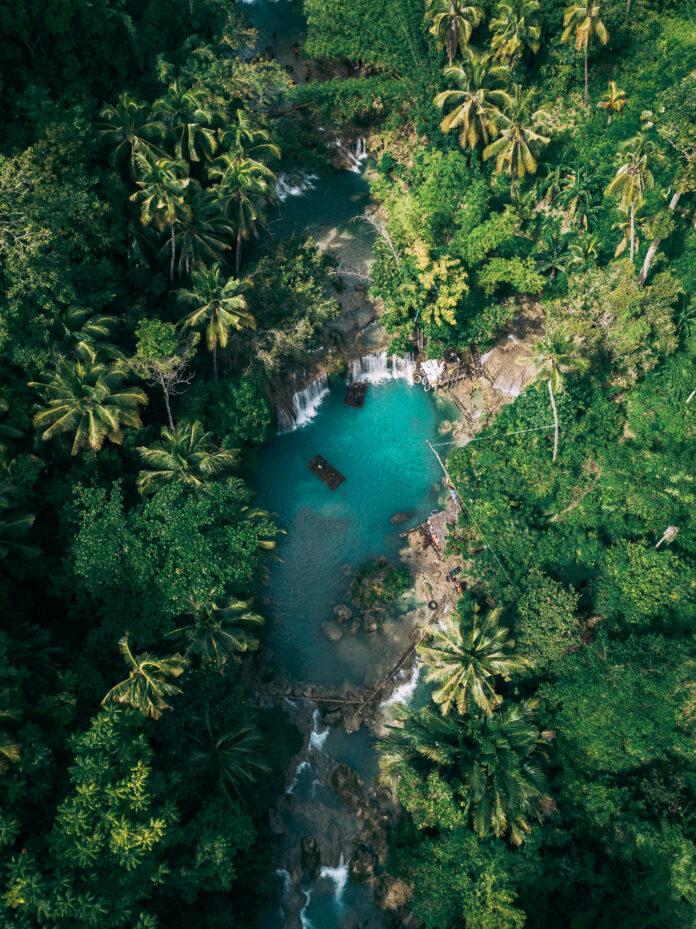Eco-responsibility is one of the major expectations of today’s consumers. Even though geopolitical conditions and their current inherent crises have a general impact on global consumption and economies, attention to respect for the environment has never been more important. The observation is known and although warnings about climate changes began to resonate in the 70s, manufacturers in the cosmetics value chain have relatively recently begun to integrate this new vision into the development of their activities.
The slogan « Save The Planet » is vast and specifically concerns a myriad of sectors, whether it is respect for biodiversity in the sourcing of active ingredients, the Nagoya Protocol, the integration of increasingly natural ingredients, attention to controversial and dangerous substances, upcycled formulas, organic labels, the reduction of energy consumption during production processes, the development of solid products, the reduction of packaging, new recycled or upcycled packaging… Developments in the industry are strong and rapid, but the regulatory framework may not be evolving as fast as they are.
“Beyond the formulation, eco-responsibility is gaining ground in the field of testing in various ways. First, we can note an evolution of tests carried out on humans towards more ethics, protocols with a propensity to alter the skin of volunteers being replaced by new methods such as can be seen for tests to evaluate sun protection indices. The latter, in fact, evolve towards hybrid methods without application of erythema on the subjects. In general, the development of the offer of in-vitro and ex-vivo tolerance and efficacy tests, thanks to increasingly sophisticated test supports with, among other things, the addition of neurons or capillaries (sensitive skin, aged skin) allows new opportunities for testing and evaluation of the mechanisms of action of active ingredients and finished products.”
We were then able to observe the integration by the first laboratories of the EcoVadis certification, such as CIDP in Mauritius, confirming their ambitions to put sustainability and ecology at the heart of their testing activities. This accreditation makes it possible to see on four categories of classification: Environment, Social, Employee Well-being and Ethics.
More directly, the preclinical and clinical evaluation sector provides support to the eco-responsible approach of the beauty sector through the offer of various tests from the physico-chemical characterization of formulas, the search for allergens and harmful substances (endocrine disruptors …), the evaluation of container-content interactions, ecotoxicology tests (marine, terrestrial or aquatic) or biodegradability.
The ecotoxicology of solar products
Let’s now focus on the evaluation of ecotoxicology in the service of the validation of active ingredients and sun protection care. Most consumers today are extremely sensitive to the impact of the use of cosmetic products on the environment. We are even witnessing the emergence among younger generations of consumers who refuse to use certain products if they do not meet environmental protection criteria such as sunscreen products and their impact on aquatic environments, marine life or corals. The Hawaiian archipelago has seen the gradual disappearance of corals and their marine life caused by the pollution of certain chemical compounds present in sunscreens. In 2015, a study by the University of Central Florida proved that oxybenzone was responsible for coral bleaching and disrupting the development of a new ecosystem. On January 1, 2021, Hawaii banned the over-the-counter sale of sunscreen products containing oxybenzone and octinoxate, chemical compounds considered particularly « dangerous » to the balance of the underwater environment.

A recent review of environmental contamination and potential health impacts on aquatic life of the active chemicals in sunscreen formulations published in March 2022 in the Australian Journal of Chemistry by Nial J. Wheate, showed that the level of sunscreen chemicals found in samples varies considerably by region, the time of year (higher during the summer months), and the time of day. This publication confirms numerous studies. It is now known that chemicals in sunscreens can have potential estrogenic hormonal activity and hormonal effects, or that they can act as teratogens, or alter gene regulation, induce changes in the production of antioxidants and free radicals, and cause coral bleaching. This article clarifies that when damage occurs to reefs and animal life, there are often other related causes that can impact aquatic life, such as changes in water temperature, water turbidity, high nutrient levels, or the presence of pesticides and drugs.
Not all sunscreens have been studied for their impact on underwater life and it may not be appropriate to make generalizations about sunscreens and their ability to cause harm to aquatic life. Sunscreen products protect the skin from UVA and UVB damage mainly through the scattering or absorption of UV rays. Sunscreens are formulated with a variety of ingredients and chemicals, including oils, surfactants, fragrances, preservatives, and filters. These filters come from two types of chemicals: metal oxides (zinc or titanium) or organic chemicals.
The Zebra Fish model
In ecotoxicology tests, zebrafish larvae have been included in most studies and are recognized as a standardized model. Easy-to-use and inexpensive zebrafish share some genetic, physiological and anatomical similarities with mammals and are commonly used to study the effect of chemicals on vertebrate embryonic development. Since they have transparent bodies, direct visualization of organ development is easier.
To evaluate endocrine activity, embryos are used as a support for in-vitro assays to measure the thyroid activity of an ingredient or formula. A fluorescent biomarker reveals endocrine activity. In this model, thyroid signaling is revealed by a change in the level of fluorescence of larvae in the brain with an increase in case of pro-thyroid effect and a decrease in case of anti-thyroid effect. Each sample is tested alone or co-treated with a reference. This co-treatment allows the activation of the thyroid axis of the larvae and therefore the detection of synergistic or inhibitory effects. The results can be expressed in hormonal equivalents. This analysis makes it possible to identify the concentration of thyroid hormone T3 which gives an effect equivalent to that of the sample as well as the concentration of testosterone or flutamide.
In addition, for marine ecotoxicity, there is an ISO standard (16712) that allows the study of acute amphipod toxicity, Corophium Arenarium, determining the acute toxicity of marine or estuarine sediments to amphipods. Marine or estuarine amphipods that typically live below the surface of sediments may also be exposed to contaminated sediments. The endpoint of this test is the percentage of mortality. Salinity and temperature vary depending on the amphipod species used.

In addition, we are seeing the emergence of initiatives by consulting firms that allow a more responsible monitoring of the ecotoxicity indices of cosmetic products. For example, the French company Toxiplan offers beauty manufacturers an eToxiSafe ecolabel that establishes, through ecotoxicological studies, that a product has a reduced impact on the environment. It is proof of a commitment to environmental protection, and transparency on products. This label is established from the analysis and interpretation of experimental data and also from in silico data (predictive tests carried out from computer modelling). The eToxiSafe eco-label is the result of a calculation of the environmentally safe concentration.
The study of the life cycle of cosmetic products

In recent years, when 17 million consumers in France use an application to scan the composition of cosmetic products, brands are increasingly explaining their consumer protection approaches and making it more visible. In France, 25 players in the beauty industry, representing a thousand companies including the Pierre Fabre Group, Aroma-Zone, the Rocher Group, Léa Nature and professional unions such as Cosmebio and Cosmed, joined forces to create the Green Impact Index Consortium. Initially developed by the Pierre Fabre Group in 2021 to measure, improve and indicate the environmental and social impacts of brands’ cosmetic products, this index analyzes the life cycle of products through six stages: raw material, manufacturing, transport, distribution, use and end of life. Thus, this consortium has designed this index to help consumers make informed choices, in accordance with their convictions. The actors of this consortium have therefore joined forces, under the coordination of Afnor Normalization to revisit the methodology and develop a tool for environmental and social display of beauty products. A methodology that is intended to be simple and accessible, even to the smallest companies, and which should be available at the end of the second quarter of 2023.

But this consortium is not the first of its kind to see the light of day. Initiated in September 2021 by the French groups L’Oréal and LVMH, the Brazilian Natura & Co, the German Henkel and the Anglo-Dutch Unilever, the EcoBeautyScore consortium, whose objective is to launch a common rating system for the environmental impact of beauty products, now brings together some 50 groups and brands such as Beiersdorf, Coty and Estée Lauder. This consortium is working with the consulting firm Quantis, to « ensure a robust and scientific approach ». The objective is to co-construct an evaluation methodology and a scoring system that will be guided by and articulated around the following 4 principles:
• A common method for measuring environmental impacts throughout the life cycle of products, based on the principles of the « Product Environmental Footprint » (PEF, the scientific method of the European Union).
• A common database on the environmental impacts of standard ingredients and raw materials used in formulas, packaging and during use.
• A common tool for assessing the environmental impact of each product, and usable by non-specialists.
• A harmonized rating system that will allow companies, on a voluntary basis, to inform consumers about the environmental footprint of each cosmetic product. The methodology, database, tool, and rating system will be verified and monitored by independent third parties.
From an operational perspective, he is also supported by Capgemini Invent (project management) and Mayer Brown (legal advisor). The 50 members of the EcoBeautyScore Consortium started working together, divided into thematic working groups. A prototype footprint and rating was planned for the end of 2022, providing an environmental rating for certain product categories initially. TheEcoBeautyScore Consortium is an open initiative and calls on all players in the beauty sector to join it regardless of their size or financial resources. All companies will be able to benefit from pre-existing work, and are invited to bring their own experience. The Consortium is also committed to consulting with external experts, including scientists, academics and NGOs to ensure that this process is as inclusive as possible. The work, developed by the Consortium, will be made public and may be used, on a strictly voluntary basis, by both the members of the Consortium and any other interested party.
Finally, we observe that at the beginning of 2023 the cosmetic industries around the world reveal a real motivation to engage in the preservation of our planet. The tools that will be developed will be available to all companies and will allow through collaborations with organizations and testing laboratories to strengthen the various approaches to environmental protection. The news is good, the projects are launched, and the industry is becoming aware of its responsibility to consumers to have a better grasp of these subjects. These steps take time, but we can hope that the momentum launched by all these actors will offer a rapid and operational implementation that will make it possible to move forward in a more serene future.
Anne Charpentier, CEO at Skinobs




